war-digs-it
Hero Member
- Feb 16, 2013
- 711
- 389
- Primary Interest:
- All Treasure Hunting
Hi, 2nd post ever for this long time lurker.
I know the item is a train coupler but is this a salesman sample
or something else. The item is 17 inches in length coupled together. This was purchased at an estate sale and I grabbed it up knowing it was train associated. Nice, heavy and solid like
it could actually be used on a mini-train.
I have close ups of stampings but I can't figure out how to diss the G-sale pictures from earlier.
I can't find one on the bay like this and my research skills are not so keen.
This is posted in Garage sale finds with some junk I bought today.
Pleasure to join you all.
I know the item is a train coupler but is this a salesman sample
or something else. The item is 17 inches in length coupled together. This was purchased at an estate sale and I grabbed it up knowing it was train associated. Nice, heavy and solid like
it could actually be used on a mini-train.
I have close ups of stampings but I can't figure out how to diss the G-sale pictures from earlier.
I can't find one on the bay like this and my research skills are not so keen.
This is posted in Garage sale finds with some junk I bought today.
Pleasure to join you all.
Attachments
Last edited:


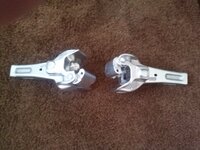
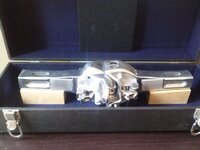
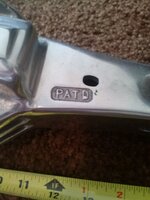
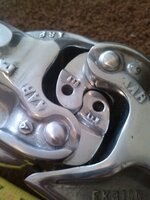
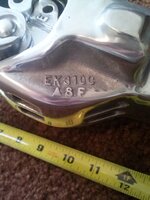

 I did tell them that I would be attending their sales often.
I did tell them that I would be attending their sales often.


